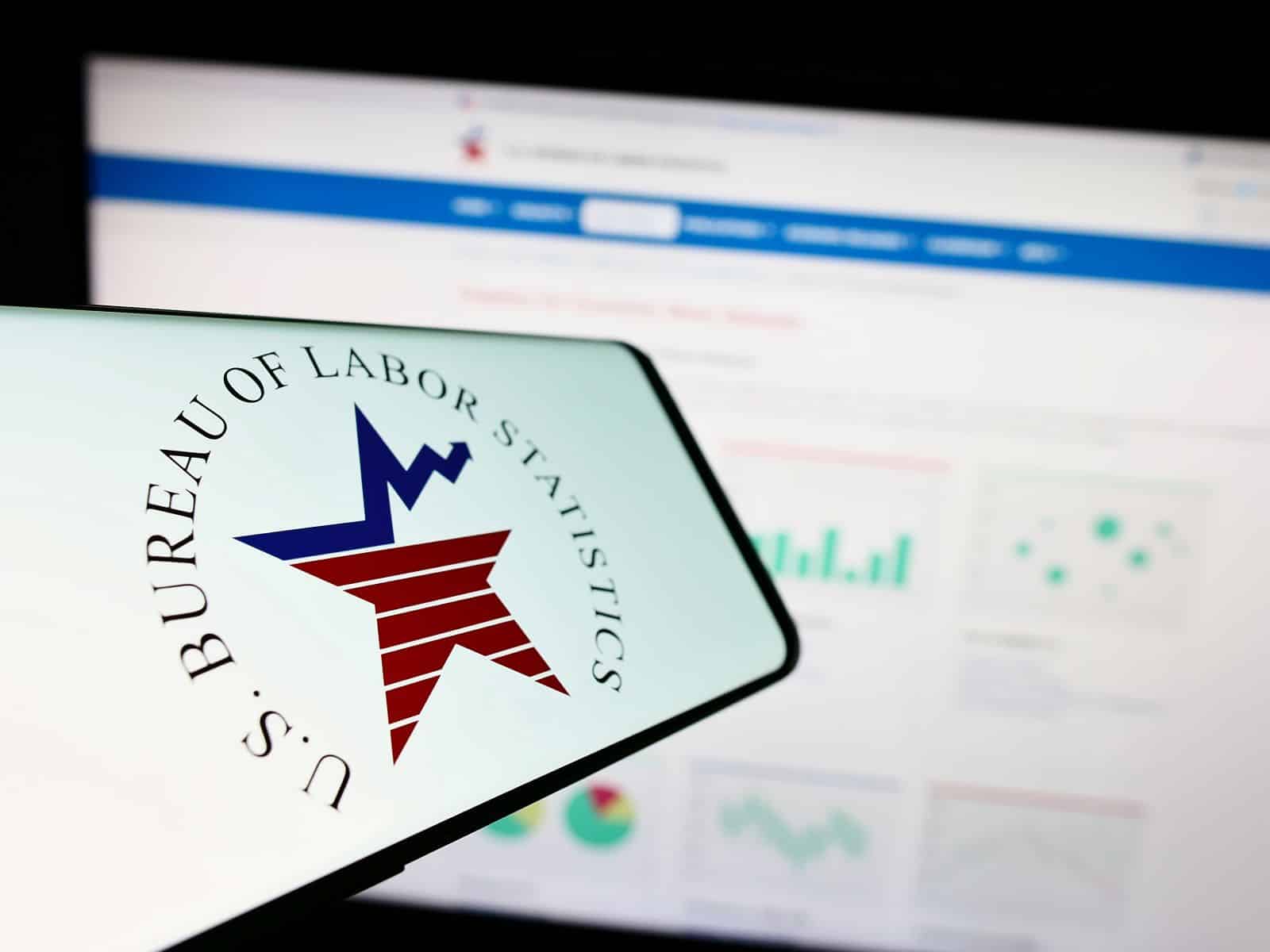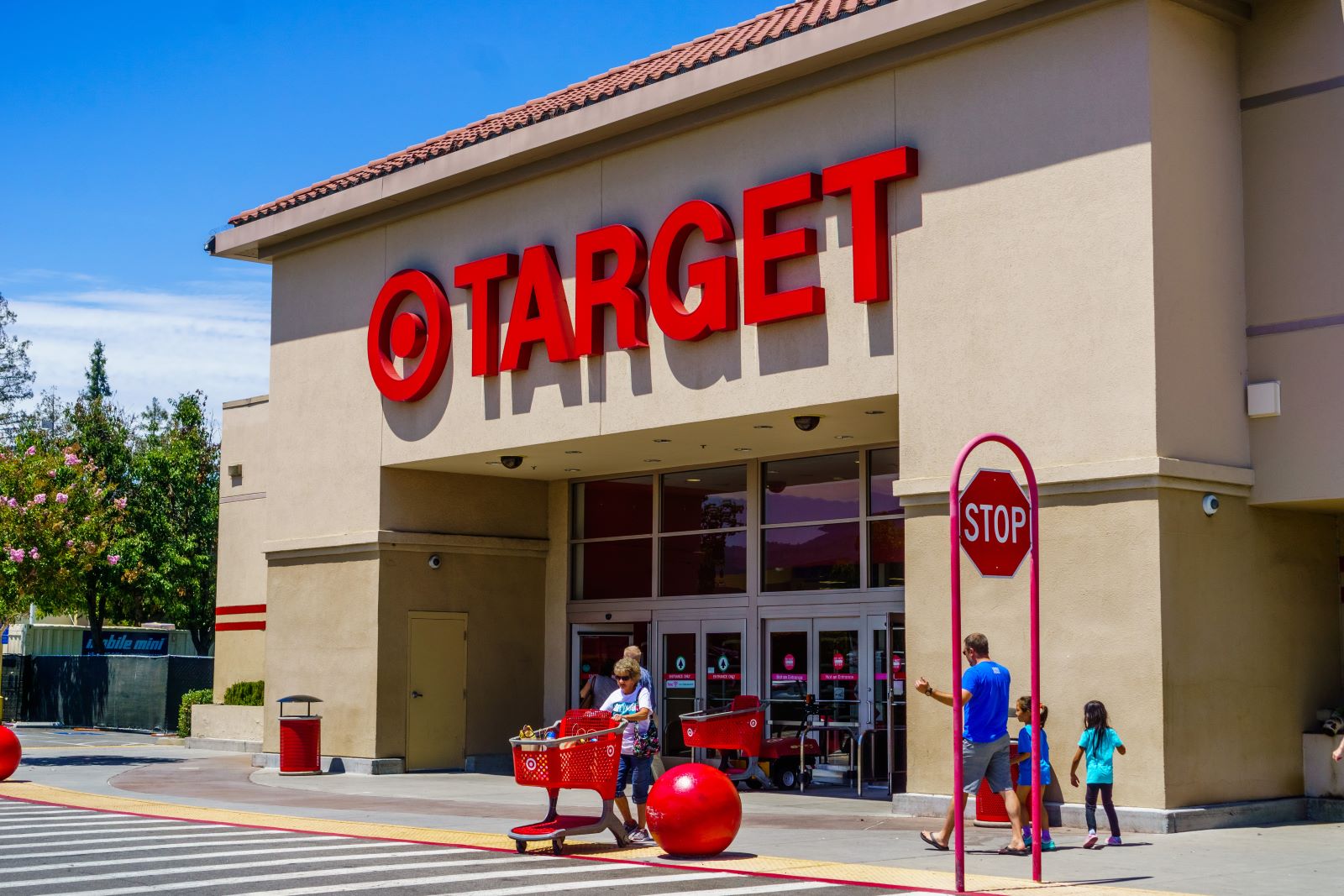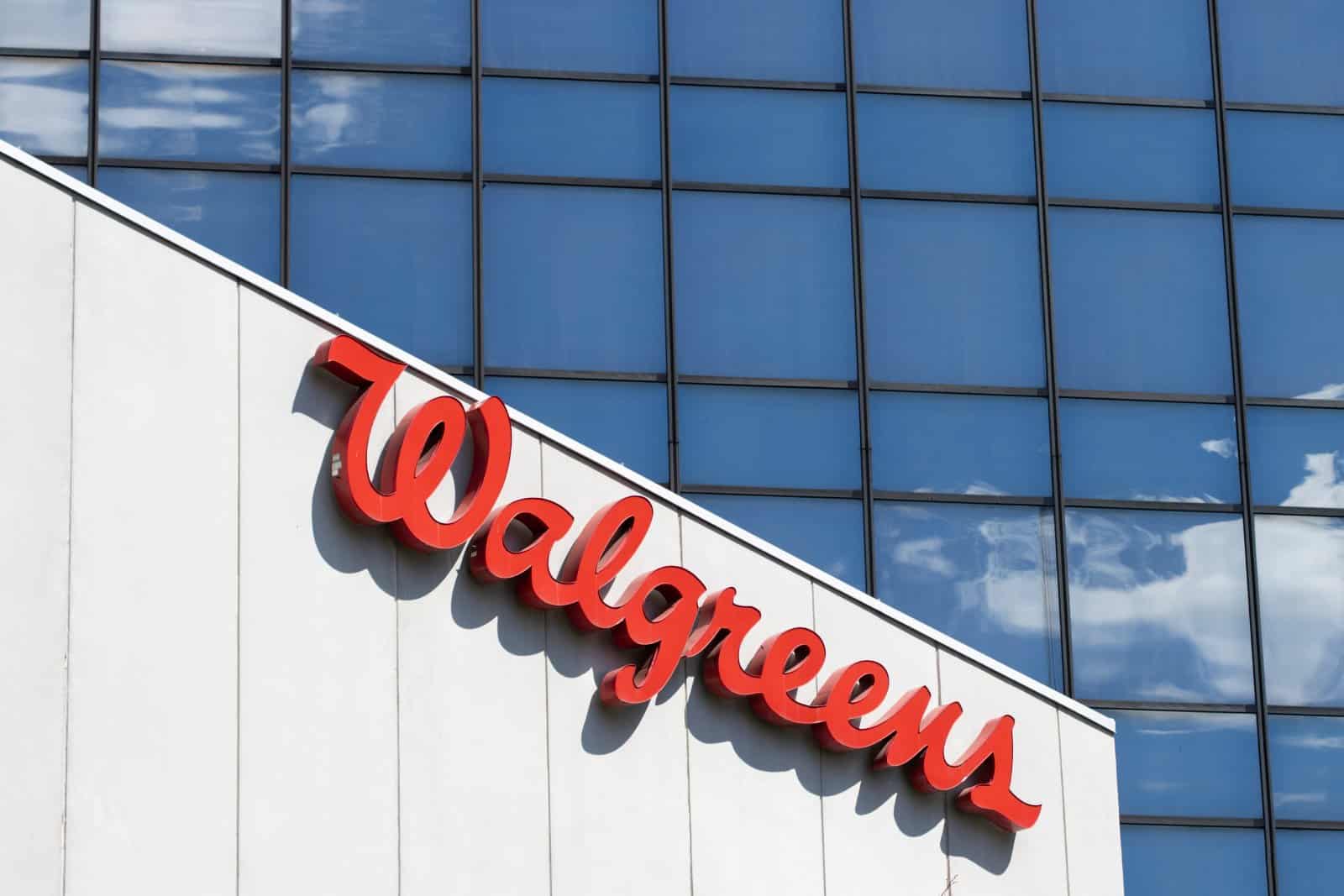American consumers are spending less as economists claim stress is affecting “more and more households”.
Is the Economy OK?

Image Credit: Shutterstock / Pressmaster
With unemployment levels hitting a high in over two years and job growth slowing down, a big chunk of the US economy seems to be weakening.
Nasty Surprises

Image Credit: Shutterstock / Pressmaster
According to the latest monthly survey from the Institute for Supply Management that measures economic activity in the services sector, so-called new orders and overall economic activity unexpectedly dipped into contraction territory last month.
More Drops

Image Credit: Shutterstock / TOP-STOCKER
In June, the headline index dropped to a 48.8 reading from May’s 53.8 as the new orders sub-index experienced an even sharper decline, falling to 47.3 from 54.1.
Any reading above 50 shows expansion, while anything below refers to a contraction.
Is This a Worry?

Image Credit: Shutterstock / Luna Vandoorne
If this slowdown continues long enough, it could lead to service-providing businesses hiring at a slower pace or even cutting jobs.
It should be noted that the vast majority of US employment is service-providing, exactly 86% of the US’ total 158.6 million jobs as of June.
Stressed Households

Image Credit: Shutterstock / Salivanchuk Semen
In his statement to CNN, James Knightley, chief international economist at ING, said: “When you think of services, a lot of it is driven by the consumer, and consumers are key to where the US economy goes”.
He added: “We’re starting to see stress in more and more households”.
Speaking of Jobs

Image Credit: Shutterstock / T. Schneider
On Friday, the Bureau of Labor Statistics claimed that the US economy added 206,000 jobs last month. This is more than the 190,000 ones predicted by Reuters economists.
However, amendments to April- and May data resulted in those two months’ employment figures being 111,000 lower than initially expected.
More Unemployment

Image Credit: Shutterstock / Flystock
As per last week’s non-farm payrolls report, the country’s unemployment figures grew to 4.1% from 4%, marking the highest level since November 2021.
No change was predicted by economists.
How Many New Positions?

Image Credit: Shutterstock / Andrey_Popov
Consistent with last week’s data, it would seem the labor market is starting to cool down, as payroll firm ADP reported that private employers added 150,000 new jobs in June – 157,000 down from May.
More Job Cuts

Image Credit: Shutterstock / PhotoByToR
There also appears to be an increase in job losses.
According to executive outplacement firm Challenger, Gray and Christmas, June saw 48,786 job cuts – 63,816 cuts down from May, yet still an almost 20% rise compared with June 2023 figures.
Wall Street is Watching…

Image Credit: Shutterstock / SFIO CRACHO
Job statistics are released on the first Friday of every month, which is closely watched by Wall Street, which is keeping an eye out for interest rate drops.
… and So Are Democrats

Image Credit: Shutterstock / Salivanchuk Semen
Washington is also closely watching the figures, where the power of hiring has been one of the few silver linings for the Biden administration, which keeps struggling with poor polls regarding its economic policies.
The Fed

Image Credit: Shutterstock / Bacho
In addition to inflation stats, which are released later in the month, the Federal Reserve utilizes job figures to determine if the economy is cooling and prepared for falling interest rates.
Struggles in the US

Image Credit: Shutterstock / wavebreakmedia
This all adds even more pressure to US consumers, who are still battling with high inflation, the highest interest rates in over 20 years, exhausted pandemic savings (according to some measures), plus increasing debt.
Who’s Splurging on What?

Image Credit: Shutterstock / Africa Studio
James Knightley, chief international economist at ING, provided an analysis of government data to CNN. This indicates that Americans in the top 20% of earners spent a large part on transportation-related services (such as air travel and cruises), recreation, food, and finance.
Holidays or Health?

Image Credit: Shutterstock / Africa Studio
By comparison, the bottom 60% of households by income were shown to spend more on healthcare services.
Cutting Back

Image Credit: Shutterstock / Lysenko Andrii
“As long as people stay employed, they’ll continue to spend because it’s hard to pull back dramatically without feeling like you’re shortchanging yourself”.
That is according to Carol Schleif, chief investment officer at BMO Family Office, who also said to CNN: “But consumers are being very selective now, and they will cut back if they have to”.
Less Shopping

Image Credit: Shutterstock / gpointstudio
Released last month, a second estimate of gross domestic product showed that consumer spending was lower during 2024’s first three months than originally reported.
Retailer Warnings

Image Credit: Shutterstock / QualityHD
When it comes to retail earnings, a different picture emerges, although lower- and middle-income customers are cutting back.
According to Walmart, their customers across income brackets shop more regularly during the first three months of the year, which includes higher-income customers purchasing groceries – a sign that it’s indeed tight for consumers.
A Word from Kohl’s

Image Credit: Shutterstock / Leonid Sorokin
Last month, Kohl’s stock plummeted by over 20% thanks to weak quarterly results, indicating how middle-income customers have cut down on non-essential clothing at department stores.
Kohl’s CEO Thomas Kingsbury said: “Our customers continue to be pressured by a number of economic factors, including high interest rates and inflation,” and “Our middle-income customer continues to be impacted”.
Bad for Brands

Image Credit: Shutterstock / Sundry Photography
Other retailer brands that have also experienced customers pulling back in discretionary goods are Best Buy, Home Depot, and Target – all of which are considered some of the strongest brands in recent years.
Focused on Inflation

Image Credit: Shutterstock / Ground Picture
Currently, Fed officials are investigating for any worrying signs of cracks in the job market while they await additional evidence that inflation will continue to slow down without being blindsided by a hot economy.
Oil Dumping Scandal Rocks Ships Heading to New Orleans

Image Credit: Shutterstock / Aerial-motion
Two shipping companies have been fined after knowingly hiding a large oil spill in the Atlantic Ocean. Oil Dumping Scandal Rocks Ships Heading to New Orleans
20 Eye-Opening Realities Facing Retiring Baby Boomers

Image Credit: Shutterstock / Jack Frog
As Baby Boomers approach retirement, the promise of leisure and security often seems unattainable. This generation faces unique challenges that could redefine retirement. Here’s a stark look at the realities shaping their outlook. 20 Eye-Opening Realities Facing Retiring Baby Boomers
Retail Apocalypse: Massive Closures Sweep Across U.S. Brands

Image Credit: Shutterstock / Tada Images
Stores across the U.S. are closing at unprecedented levels, according to new research from advisory firm Coresight Research. Read on for more information about the impact this could have on you and your communities. Retail Apocalypse: Massive Closures Sweep Across U.S. Brands
Featured Image Credit: Shutterstock / wutzkohphoto.
The content of this article is for informational purposes only and does not constitute or replace professional financial advice.


